Ancient temple in Jiangsu caught fire, suspected to have been caused by visitors burning incense
A major fire destroyed most of Yongqing Temple, an ancient temple located on Phoenix Mountain in Zhangjiagang City, Jiangsu Province (China) on the morning of November 12.
The 1,500-year-old temple collapsed in a fire, leaving only the frame ( Video source: The Sun).
According to the Phoenix town government, the fire broke out fiercely at 11:24 (local time) at the Van Xuong attic, a three-story wooden structure located in the temple grounds. The fire spread quickly, creating a column of black smoke dozens of meters high.
Video footage captured by locals shows flames engulfing the entire building from top to bottom. Columns of black smoke billowed high into the air.
After the fire was brought under control, the entire attic building was reduced to a concrete frame. The rest of the building collapsed. Fortunately, there were no casualties. The surrounding forest was also unaffected by the fire, although at times the fire was very intense.
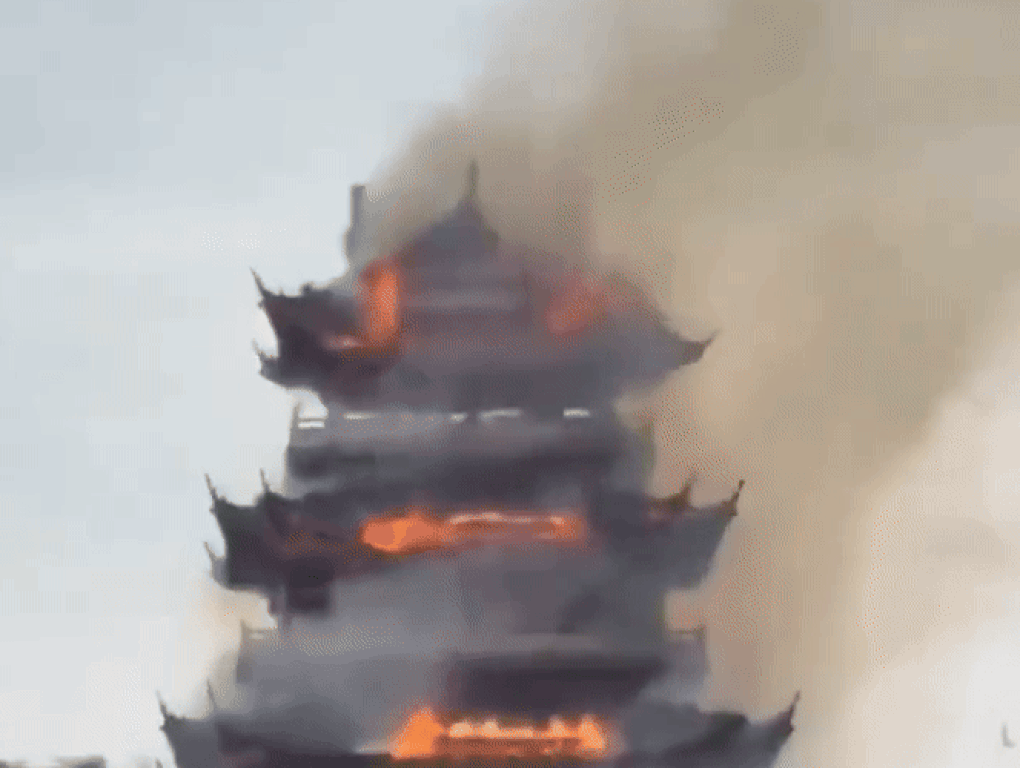
The moment the temple caught fire fiercely (Photo cut from clip).
On the afternoon of November 13, the fire investigation team said that initial results showed that the cause of the accident was due to tourists using incense and candles incorrectly.
Van Xuong Pavilion, where the fire started, was rebuilt in October 2009. This area does not preserve any ancient artifacts.
Authorities confirmed that all the structures in Vinh Khanh Pagoda today are modern reconstructions, with no ancient relics of the Southern Dynasty (420 to 589).
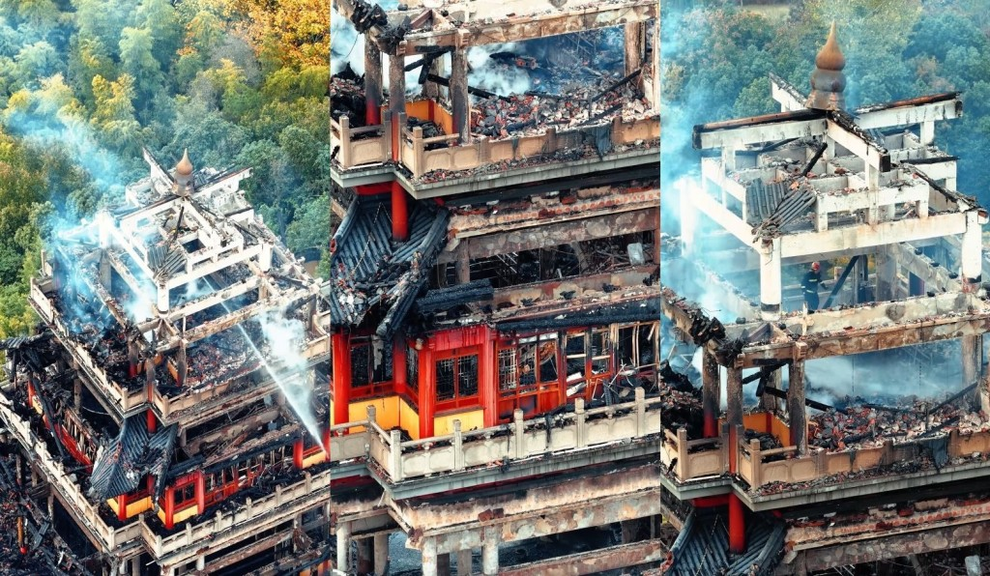
The Phoenix Town government affirmed that it will strictly handle those involved according to the law. At the same time, local authorities are planning a comprehensive inspection of areas at risk of fire and explosion in this spiritual tourist site.
The temple is associated with a history of more than 1,500 years.
According to the Department of Culture, Sports and Tourism of Zhangjiagang City, Vinh Khanh Pagoda was built in 536 during the reign of Emperor Wu of Liang of the Southern Dynasty.
The land where the pagoda was built is located on the old residence of the mandarin Luc Hieu Ban. The pagoda was mentioned in a poem by the Tang Dynasty poet Du Muc with the praise line “Nam Trieu Tu Bach Bat Thap Tu” (roughly translated: 480 glorious pagodas of the Southern Dynasty).
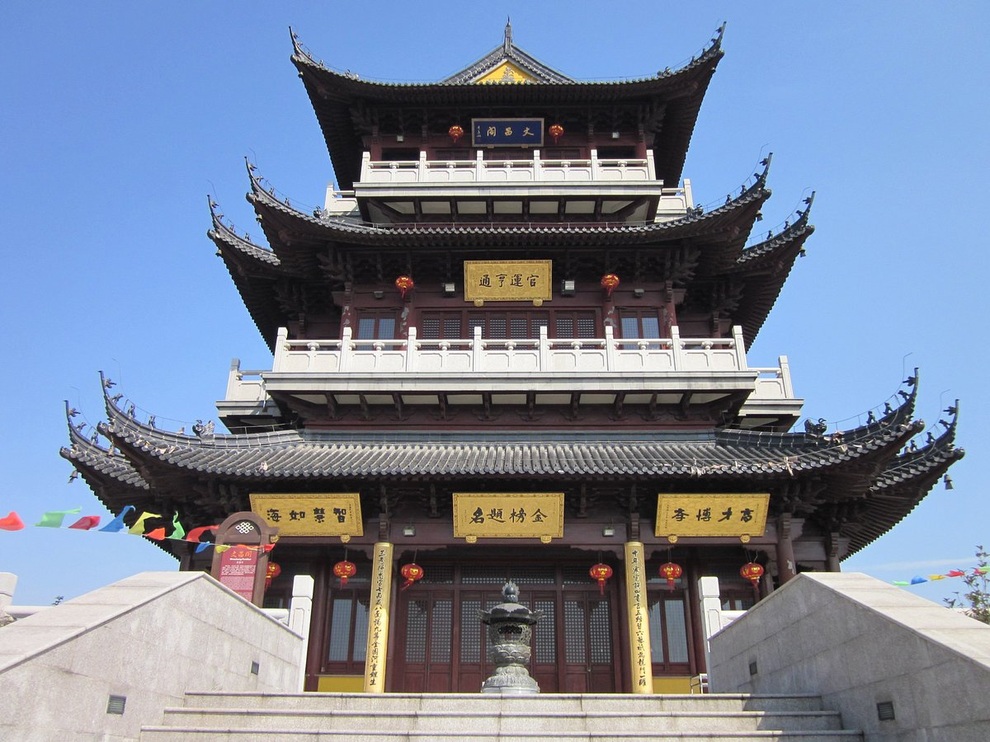
Since the Ming and Qing dynasties, the temple has undergone six renovations, with its grounds expanding many times.
Meanwhile, the Van Xuong pavilion in the temple is also known as the hermitage of writer Thi Nai Am. He is the author of the classic novel "Thuy Hu" in the late Yuan Dynasty.
However, the original attic was demolished in 1958. After that, the monks also left. The current building was restored in 1993.
Before the fire, the temple had become a prominent cultural and tourist heritage of Jiangsu province.
In 2021, Phoenix Mountain Scenic Area and Yongqing Temple were recognized as one of Jiangsu's first provincial-level intangible heritage experience tourist attractions.
Source: https://dantri.com.vn/du-lich/hoa-hoan-khien-ngoi-chua-1500-nam-tuoi-bi-do-sap-nghi-do-khach-thap-huong-20251113232851489.htm




![[Photo] Unique art of painting Tuong masks](https://vphoto.vietnam.vn/thumb/1200x675/vietnam/resource/IMAGE/2025/11/14/1763094089301_ndo_br_1-jpg.webp)
![[Photo] Special class in Tra Linh](https://vphoto.vietnam.vn/thumb/1200x675/vietnam/resource/IMAGE/2025/11/14/1763078485441_ndo_br_lop-hoc-7-jpg.webp)
![[Photo] Deep sea sand deposits, ancient wooden ship An Bang faces the risk of being buried again](https://vphoto.vietnam.vn/thumb/1200x675/vietnam/resource/IMAGE/2025/11/13/1763033175715_ndo_br_thuyen-1-jpg.webp)













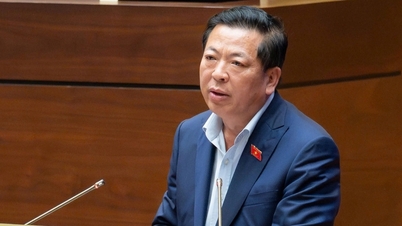
























































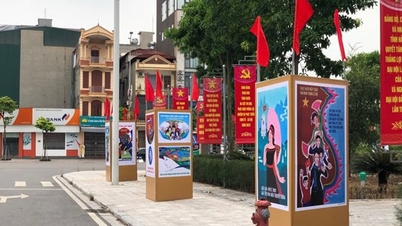




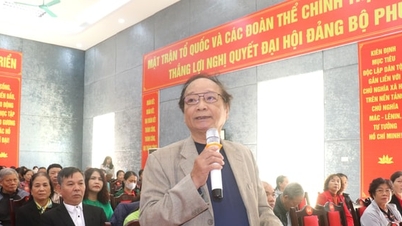









![Dong Nai OCOP transition: [Article 3] Linking tourism with OCOP product consumption](https://vphoto.vietnam.vn/thumb/402x226/vietnam/resource/IMAGE/2025/11/10/1762739199309_1324-2740-7_n-162543_981.jpeg)






Comment (0)